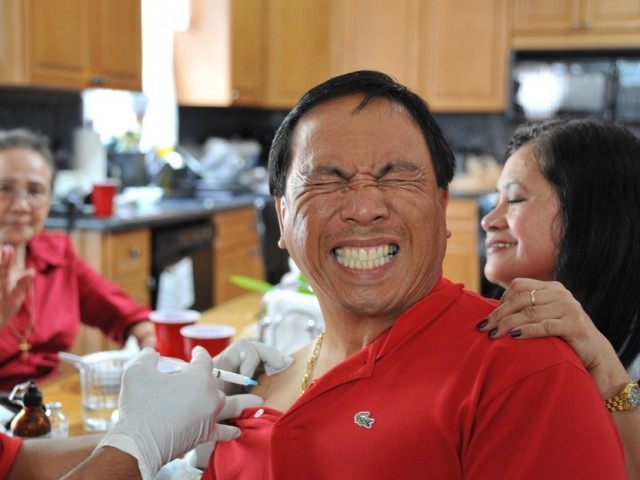Oregon Insurance Commissioner Laura N. Cali has approved premium rate increases of 25 percent for the Moda Health Plan and 33 percent for LifeWise in 2016. Due to Obamacare’s radical plan design and high utilization costs, skyrocketing American healthcare costs are becoming the norm–and will be a top issue in 2016 elections.
Following the Supreme Court’s 6-3 ruling that Obamacare subsidies were legal, President Barack Obama flew to Tennessee last week in attempt to rally liberals and consumer advocates to pressure state insurance regulators to limit proposed health insurance rate increases. Obama said that if commissioners do their job and actively scrutinize rates, “my expectation is that they’ll come in significantly lower than what’s being requested.”
What the President was referring to in his speech are requests by Tennessee’s healthcare insurers, led by leaders Blue Cross & Blue Shield, for average 2016 statewide healthcare insurance premium rate increases of 36.3 percent.
Under Obamacare, health insurers are required to submit rate requests by June and state regulators have until August to approve, deny or limit the requests. But state regulators do not have the power to force insurers to continue to operate while losing money in their state.
It is doubtful that Tennessee state regulators have much negotiating power to control prices after 28,000 Tennesseans previously enrolled in CoverKids, CoverTN, AccessTN and CoverRX lost coverage this year when their plans incurred huge Affordable Care Act losses.
The coming healthcare premium “sticker shock” is not limited to just a few states or insurers. Blue Cross and Blue Shield plans, which are the dominant healthcare insurers in most states, are known to have submitted 2016 premium rate increase requests of 23 percent in Illinois, 25 percent in North Carolina, 30 percent in Maryland, 31 percent in Oklahoma, and a staggering 54 percent in Minnesota, according to documents posted online by the U.S. Department of Health and Human Services and state insurance commissioners.
United Healthcare (UNH) of Florida wants to raise the rates for plans sold on the state’s Obamacare exchange by an average of 18 percent. Individual policies available outside the exchange through United Healthcare or through their extensive broker network are set to rise by an average of 31 percent, but some counties will see 60 percent increases.
Texas insurer Scott & White has requested a 32 percent increase for Obamacare exchange-based health plans; while Humana (HUM) of Texas has asked for a 30 percent boost for its exclusive provider organization policies, which generally cover only in-network services.
New Mexico’s market leader, Health Care Service Corp. is asking for an average premium spike of 51.6 percent.
Regulators for Covered California, the largest Obamacare exchange with 1.4 million members, have been mum on just how big their premium rate increase will be. But with the exchange already expected to lose $78 billion in the state fiscal year that began July 1, there is no state money for extra subsidies.
When insurance companies proposed 2015 rates last June, they had only a limited amount of information about the health of the new customers they expected to sign up during the fall Obamacare expansion. Big insurers tended to ask for 2015 increases of less than 10 percent, while some smaller insurers tried to undercut pricing by the majors to take market share, according to the Wall Street Journal.
The U.S. inflation rate rose by a tiny 0.8 percent last year, but national healthcare spending grew by 5.0 percent. The 2014 health spending share of national GDP came in at 17.8 percent, up from 16.0 percent when President Obama took office. Prescription drugs were the fastest growing healthcare expenditure last year, rising by at a 13.0 percent rate.
President Obama claimed he compromised the design of Obamacare in 2010 to achieve fiscal neutrality over a ten-year projection to avoid increasing the deficit. But to achieve that mirage, the implementation of Obamacare was delayed for three years, and the premium cost increases were designed to be ramped up through 2018.
When health insurance costs are going up by an average of 30 percent in 2016, Obamacare sticker shock will almost certainly dominate the 2016 elections.

COMMENTS
Please let us know if you're having issues with commenting.